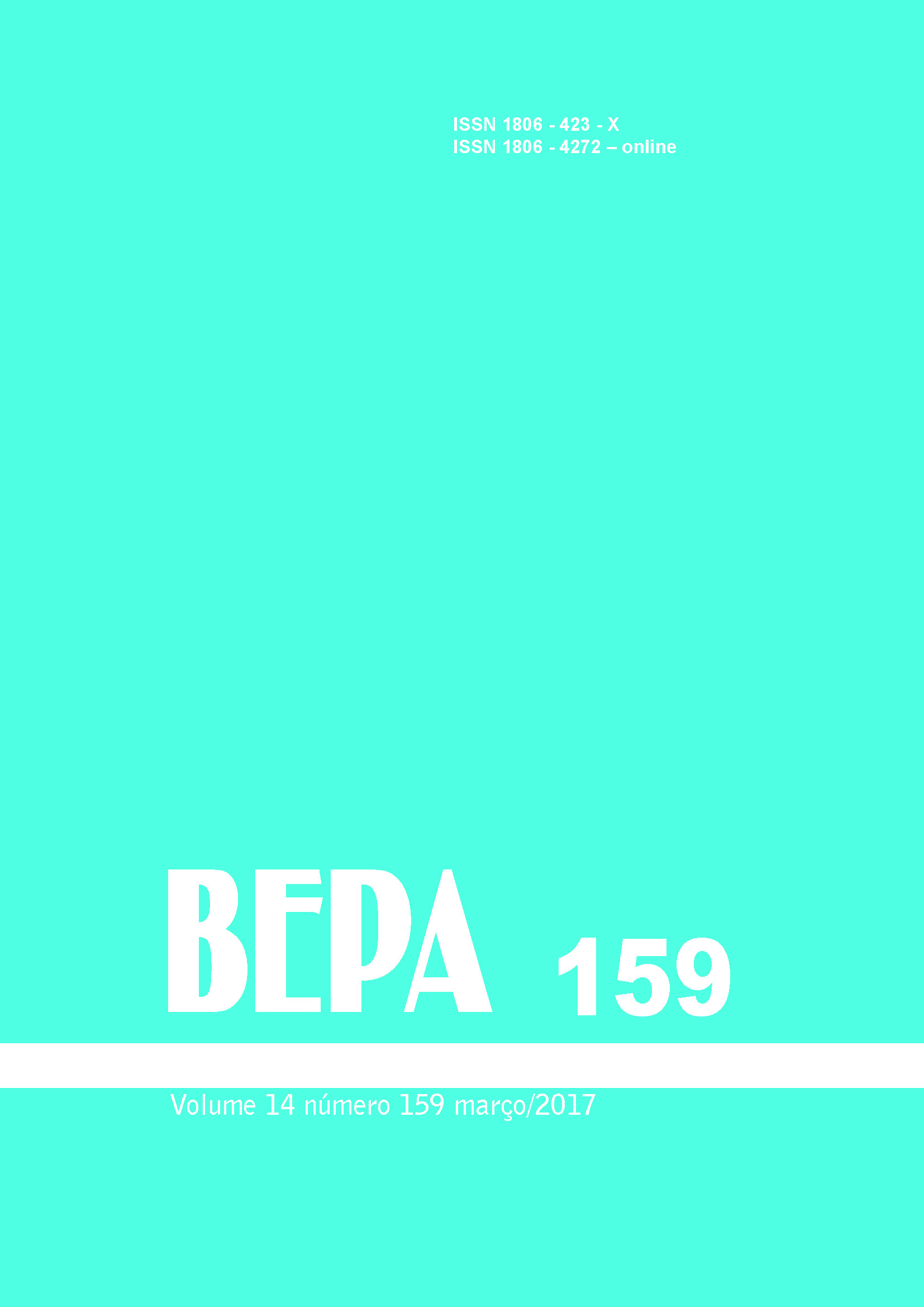Abstract
The objective was to study the distribution and abundance of Ae. aegypti and Ae. albopictus eggs, the co-occurrence of species and aspects of oviposition behavior in the traps. During 4 days in every month, 80 traps were exposed in the peri- and intra domiciliary environments of 40 urban residences in 22 blocks sorted out in Sebastião, SP, from February, 2011 to February, 2012. It was analyzed the monthly distribution of the ovitraps positivity indexes (IPO) and eggs average per ovitrap (MOA) of Ae. aegypti and Ae. albopictus, by using the Kruskal-Wallis test, followed by the Dwass-Steel-Chritcholow- Flinger test. The Spearman correlation and simple linear regression test was used to assess the association between meteorological variables with the number of traps with eggs and number of eggs. The standard of evasion and superoviposition in the ovitraps with Ae. aegypti was analyzed per comparison of class categories of number of eggs, by applying Kruskal-Wallis test, followed by the Dwass-Steel-Chritchlow-Fligner test, for multiple comparisons. In the comparison analysis of IPO values in the traps of the species co-occurrences, in indoors and outdoors sites, as well as in the MOA analysis, the Mann-Whitney test was used. To evaluate the infestation intensity per species was utilized the estimator of Kernel density. The Ae. aegypti IPO and MOA were higher in the peri- domiciliary environment, p=0,03 ; p=0,03, respectively. It was verified the positive correlation among temperature and number of ovitraps with eggs and number of eggs of this species, in domiciliary environments. There was no difference in the IPO (p=0,33) and MOA (p=0,57) of Ae. albopictus between the environments. There was positive correlation between temperature and positivity of ovitraps with Ae. albopictus in the peri- domiciliary environment. It was verified higher IPO of Ae. aegypti compared to Ae. albopictus, in the peri- (p=0,00) and intra domiciliary sites (p=0,00). The MOA of Ae. aegypti was higher than the Ae. albopictus in the peri- (p=0,00) and in the intra domiciliary (p=0,01). No significant difference was showed in the number of positive ovitraps of the different class categories of number of eggs. (T = 3.48; p = 0,32). The number of eggs registered in the class categories was different (H = 10.86; p = 0,01), presenting in the class 31 to 60, when compared to ≤ 30 (p=0,03), and in the class ≥ 91, this one compared to ≤ 30 (p=0,00). The comparison of the species distribution in ovitraps of co-occurrence, per domicilie environment, has not showed significant difference (H = 4.61; p = 0,20). The spatial distribution of eggs ovitraps revealed higher intensity of infestation by Ae. aegypti in the south area of the study, a highly urbanized area. Regarding Aedes albopictus, the conglomeration of occurrence places of the species was in the north coast, place of little population concentration. There was a temporal and spatial patterns of distribution and abundance of species, Ae. aegypti and Ae. albopictus predominating over revealing peridomiciles your priority space in the selection of oviposition site. These species occupy urban space differently indicating segregation of habitat which may have contributed for the co-occurrence found. Overcrowding was found in the traps which suggests little availability of suitable breeding sites in the environment.

This work is licensed under a Creative Commons Attribution 4.0 International License.
Copyright (c) 2022 Lígia Leandro Nunes Serpa, Gisela R.A.M. Marques (orientadora)
